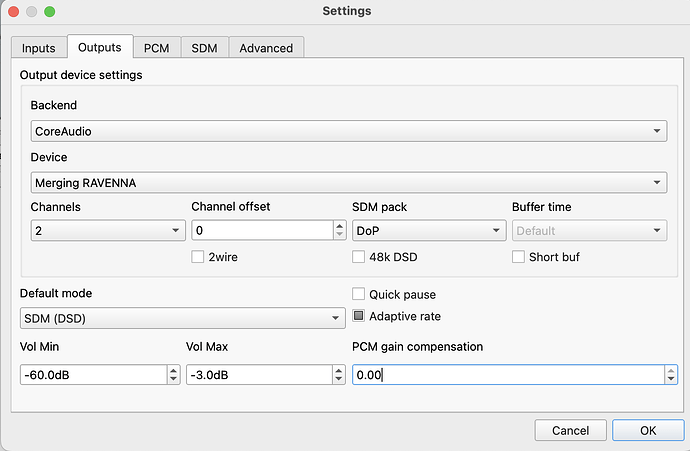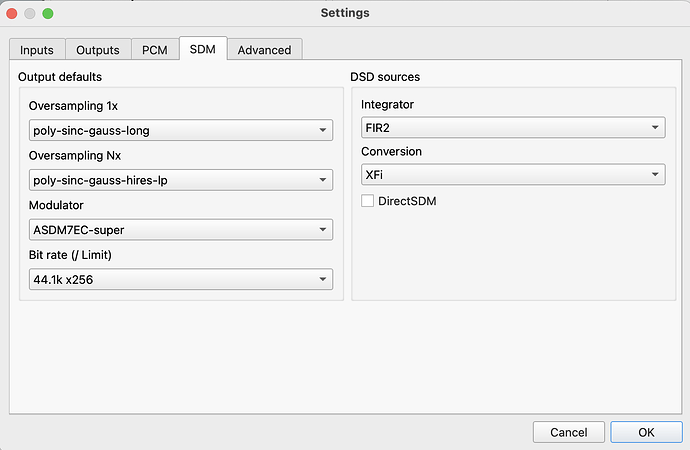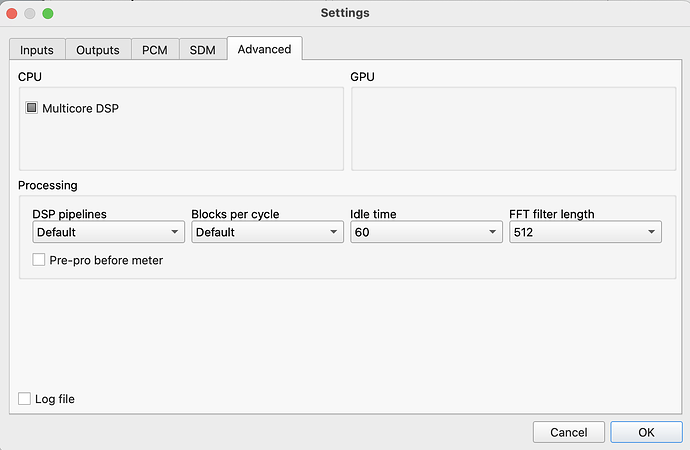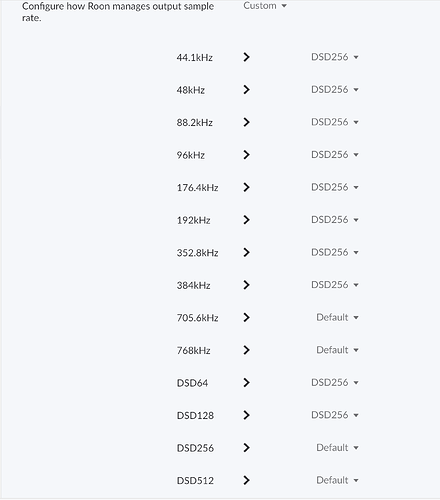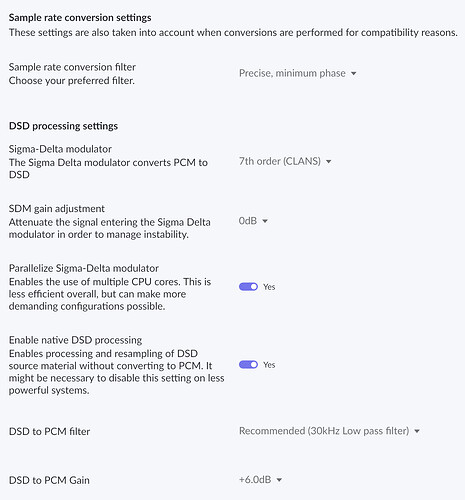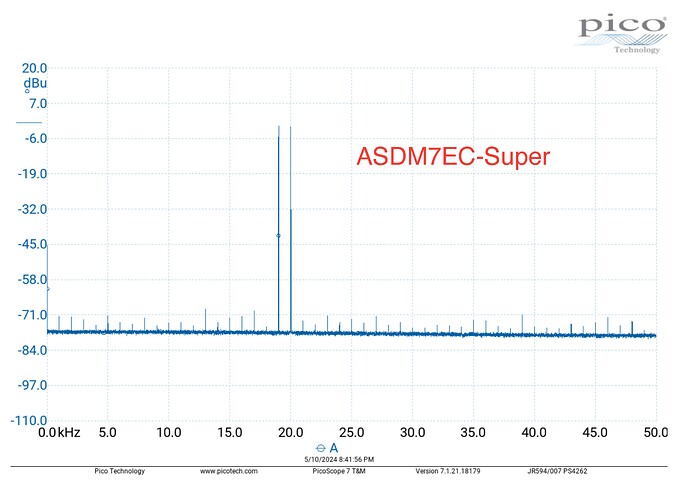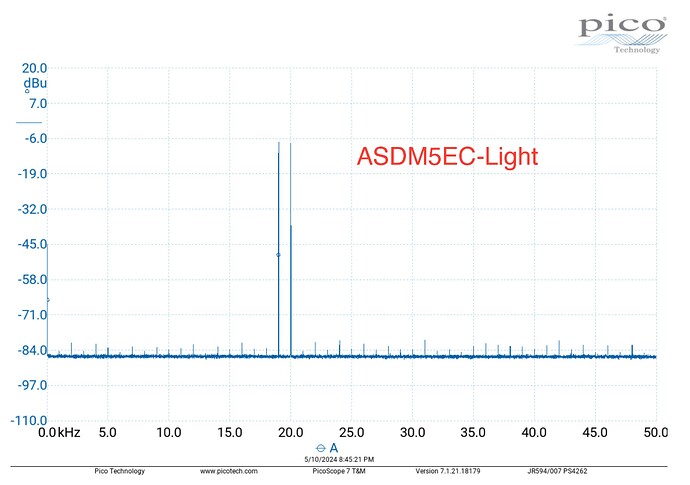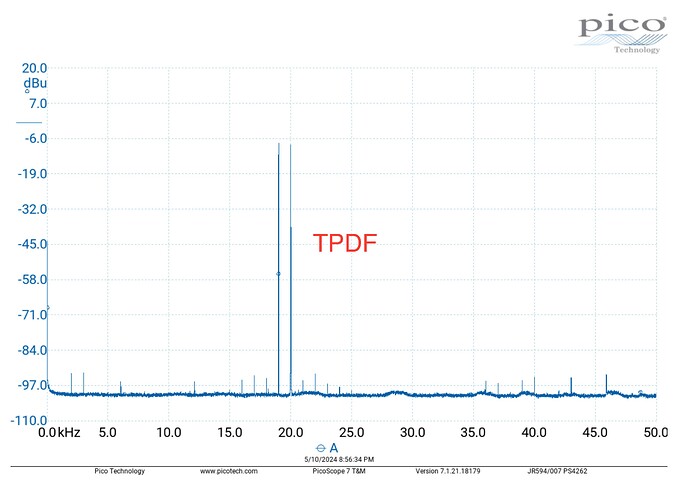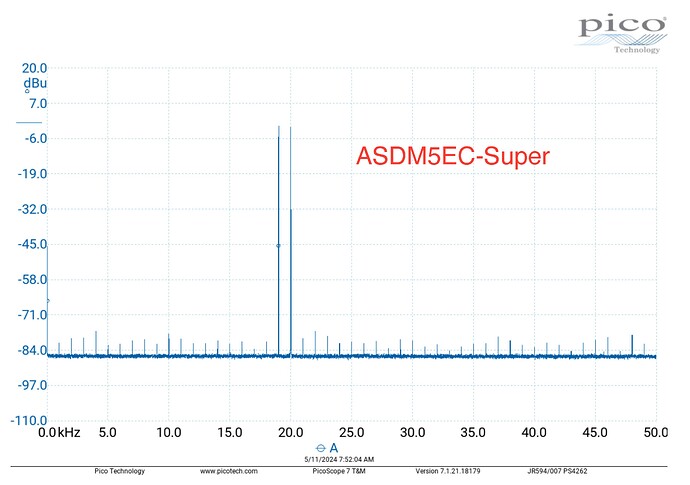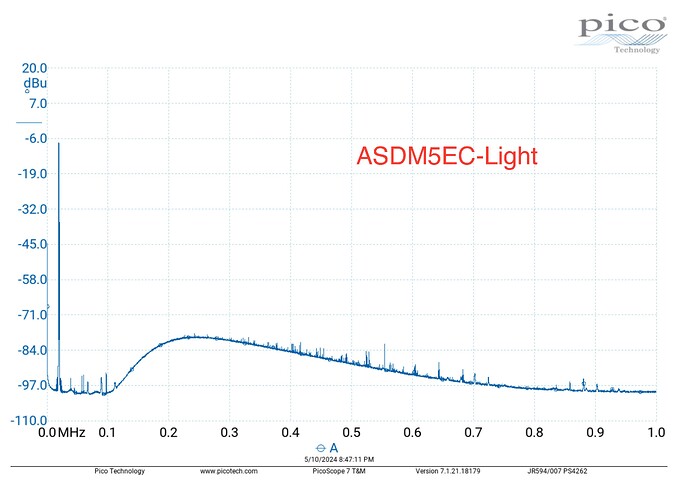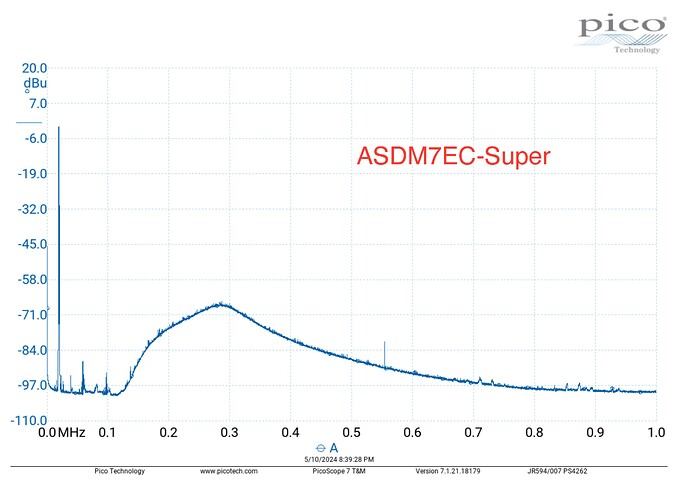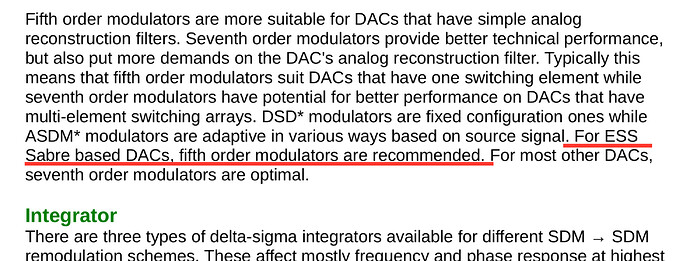I’m halfway through the HQPlayer trial and enthusiastic about the listening improvements. However I’ve noticed that, with the listening volume quite modest (I listen to classical attentively, not loudly) from time to time my ears are telling me “it’s too loud!” Yet the volume is already set to the lowest level I would want to go. When I wake up in the morning I’m aware that my ears are SLIGHTLY ringing (as if had been to a loud concert). That’s not good. I think that whatever is going on is at a frequency outside my hearing range, otherwise surely I’d perceive the music as being too loud.
Did notice the bit in the manual about inter-sample overloads and have limited software volume to -3db. But I’m wondering if maybe there’s something inter-sample going on that’s far more extreme? Or another explanation? What am I doing wrong?!
Please find SDM settings below (everything from Roon is being converted to DSD 256. My DAC is a Merging Anubis SPS Premium, which I believe uses a 32bit ES9026PRO ( https://eu.mouser.com/datasheet/2/1082/ES9026PRO_Datasheet_v3_5-3074412.pdf ) and, since I’m MacBook Pro M1, everything is DoP.
By comparison when I run a similar conversion to DSD using the Roon MUSE do not have the ears ringing problem (settings also below).
